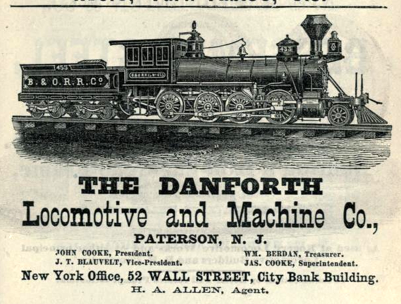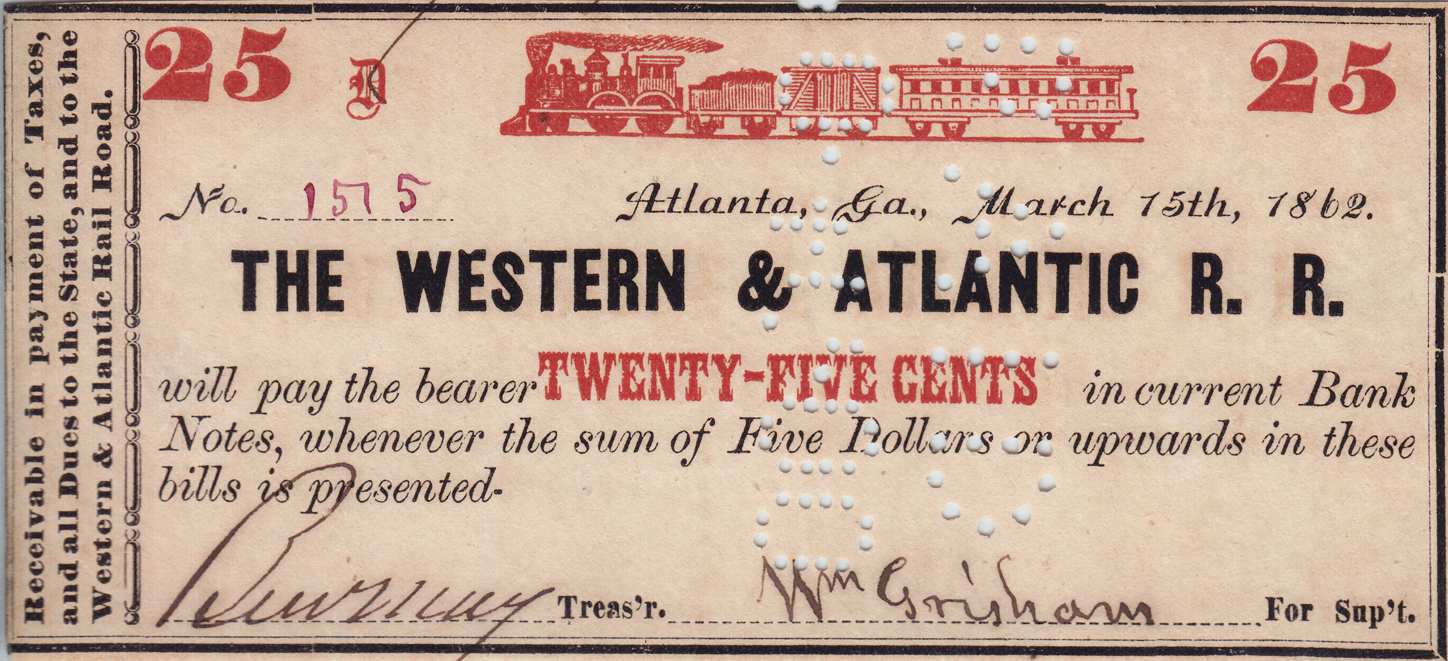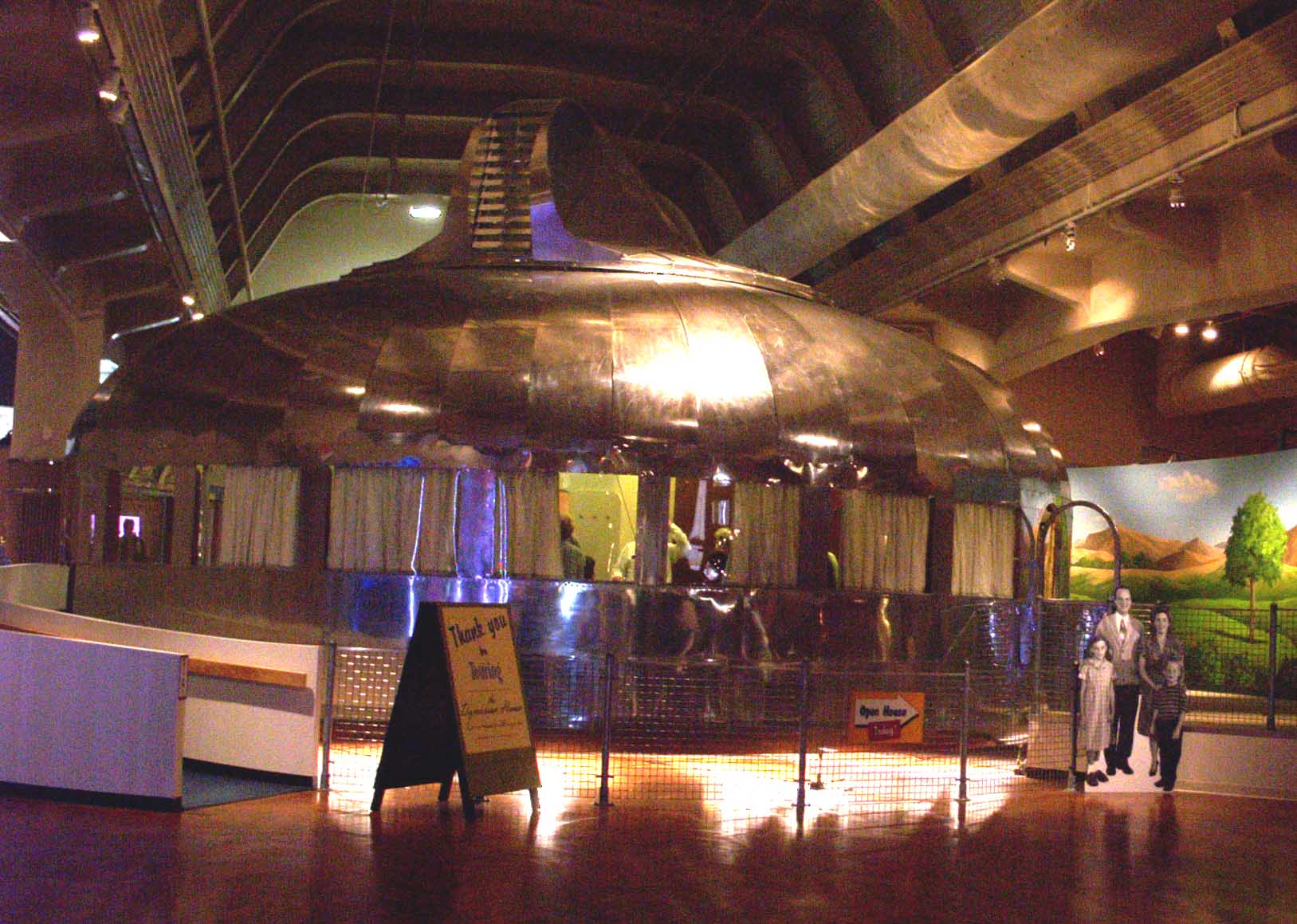|
Mason Machine Works
The Mason Machine Works was a machinery manufacturing company located in Taunton, Massachusetts, between 1845 and 1944. The company became famous for an early invention by its creator, William Mason, the self-acting mule, first patented in 1840. The company also later produced locomotives, rifles during the American Civil War, and later printing presses. However, the production of textile machinery would remain the company's core business during the late 19th century, until its decline in the 1920s. Origins The son of a blacksmith born in 1808 at Mystic, Connecticut, William Mason became a skilled master mechanic while still in his teens, working for various companies in the Killingly, Connecticut, area that were involved with machinery for the growing textile industry. In 1835, Mason moved to Taunton, Massachusetts, to work for Crocker and Richmond, a company that made ring spinning frames for the cotton textile industry. While the firm failed in the financial crisis of 1837, ... [...More Info...] [...Related Items...] OR: [Wikipedia] [Google] [Baidu] |
Mason Machine Works
The Mason Machine Works was a machinery manufacturing company located in Taunton, Massachusetts, between 1845 and 1944. The company became famous for an early invention by its creator, William Mason, the self-acting mule, first patented in 1840. The company also later produced locomotives, rifles during the American Civil War, and later printing presses. However, the production of textile machinery would remain the company's core business during the late 19th century, until its decline in the 1920s. Origins The son of a blacksmith born in 1808 at Mystic, Connecticut, William Mason became a skilled master mechanic while still in his teens, working for various companies in the Killingly, Connecticut, area that were involved with machinery for the growing textile industry. In 1835, Mason moved to Taunton, Massachusetts, to work for Crocker and Richmond, a company that made ring spinning frames for the cotton textile industry. While the firm failed in the financial crisis of 1837, ... [...More Info...] [...Related Items...] OR: [Wikipedia] [Google] [Baidu] |
Baltimore And Ohio Railroad
The Baltimore and Ohio Railroad was the first common carrier railroad and the oldest railroad in the United States, with its first section opening in 1830. Merchants from Baltimore, which had benefited to some extent from the construction of the National Road early in the century, wanted to do business with settlers crossing the Appalachian Mountains. The railroad faced competition from several existing and proposed enterprises, including the Albany-Schenectady Turnpike, built in 1797, the Erie Canal, which opened in 1825, and the Chesapeake and Ohio Canal. At first, the B&O was located entirely in the state of Maryland; its original line extending from the port of Baltimore west to Sandy Hook, Maryland, opened in 1834. There it connected with Harper's Ferry, first by boat, then by the Wager Bridge, across the Potomac River into Virginia, and also with the navigable Shenandoah River. Because of competition with the C&O Canal for trade with coal fields in western Maryland ... [...More Info...] [...Related Items...] OR: [Wikipedia] [Google] [Baidu] |
Brooklyn, New York
Brooklyn () is a borough of New York City, coextensive with Kings County, in the U.S. state of New York. Kings County is the most populous county in the State of New York, and the second-most densely populated county in the United States, behind New York County (Manhattan). Brooklyn is also New York City's most populous borough,2010 Gazetteer for New York State . Retrieved September 18, 2016. with 2,736,074 residents in 2020. Named after the Dutch village of Breukelen, Brooklyn is located on the w ... [...More Info...] [...Related Items...] OR: [Wikipedia] [Google] [Baidu] |
Printing Press
A printing press is a mechanical device for applying pressure to an inked surface resting upon a print medium (such as paper or cloth), thereby transferring the ink. It marked a dramatic improvement on earlier printing methods in which the cloth, paper or other medium was brushed or rubbed repeatedly to achieve the transfer of ink, and accelerated the process. Typically used for texts, the invention and global spread of the printing press was one of the most influential events in the second millennium. In Germany, around 1440, goldsmith Johannes Gutenberg invented the movable-type printing press, which started the Printing Revolution. Modelled on the design of existing screw presses, a single Renaissance movable-type printing press could produce up to 3,600 pages per workday, compared to forty by hand-printing and a few by hand-copying. Gutenberg's newly devised hand mould made possible the precise and rapid creation of metal movable type in large quantities. His tw ... [...More Info...] [...Related Items...] OR: [Wikipedia] [Google] [Baidu] |
Cooke Locomotive And Machine Works
The Cooke Locomotive and Machine Works, located in Paterson, New Jersey, manufactured steam railroad locomotives from 1852 until it was merged with seven other manufacturers to form American Locomotive Company (ALCO) in 1901. History The firm was established in 1852 by former Rogers Locomotive and Machine Works superintendent (and son-in-law of William Swinburne of Swinburne, Smith and Company) John Cooke and former Montreal resident Charles Danforth as the Danforth, Cooke, and Company, as a manufacturer of steam locomotives as well as cotton machinery. The company was renamed Danforth Locomotive and Machine Company in 1865, with Danforth serving as president until 1871, four years before his death in 1875. Cooke succeeded Danforth as president in 1871, continuing in such capacity until his own death in 1882, after which Cooke's sons, John, Frederick, and Charles reorganized the firm as the Cooke Locomotive and Machine Works, and continued operating the company as such until ... [...More Info...] [...Related Items...] OR: [Wikipedia] [Google] [Baidu] |
The Texas (locomotive)
Western & Atlantic Railroad #49 ''"Texas"'' is a 4-4-0 "American" type steam locomotive built in 1856 for the Western & Atlantic Railroad by Cooke Locomotive and Machine Works, Danforth, Cooke & Co., best known as the principal pursuit engine in the Great Locomotive Chase, chasing the The General (locomotive), ''General'' after the latter was stolen by Union (American Civil War), Union saboteurs in an attempt to ruin the Confederate States of America, Confederate rail system during the American Civil War. The locomotive is preserved at the Atlanta History Center. Antebellum The ''Texas'' was built in October 1856 for the Western and Atlantic Railroad, Western & Atlantic Railroad by locomotive manufacturer Cooke Locomotive and Machine Works, Danforth, Cooke and Company in Paterson, New Jersey, and subsequently shipped from Paterson to the Port of Savannah, thence delivered via the Georgia Rail Road & Banking Company and Macon & Western Railroad to the W&A headquarters in Atlanta. ... [...More Info...] [...Related Items...] OR: [Wikipedia] [Google] [Baidu] |
Western And Atlantic Railroad
The Western & Atlantic Railroad of the State of Georgia (W&A) is a railroad owned by the State of Georgia and currently leased by CSX, which CSX operates in the Southeastern United States from Atlanta, Georgia, to Chattanooga, Tennessee. It was founded on December 21, 1836. The city of Atlanta was founded as the terminus of the W&A, with the terminus marked with the Atlanta Zero Mile Post. The line is still owned by the State of Georgia from Atlanta to CT Tower in Chattanooga; it is leased by CSX Transportation. The W&A Subdivision is a railroad line leased by CSX Transportation in the U.S. states of Tennessee and Georgia. The line runs from Chattanooga to Marietta, Georgia for a total of . At its north end, it continues south from the Chattanooga Subdivision of the Nashville Division and at its south end it continues south as the Atlanta Terminal Subdivision (Chart A). This line, originally built to gauge, is famous because of the Great Locomotive Chase, also referred to as ... [...More Info...] [...Related Items...] OR: [Wikipedia] [Google] [Baidu] |
United States Military Railroad
The U.S. Military Railroad (USMRR) was established by the United States War Department as a separate agency to operate any rail lines seized by the government during the American Civil War. An Act of Congress of 31 January 1862 authorized President Abraham Lincoln to seize control of the railroads and telegraph for military use in January 1862.Gable, ''Railroad Generalship'', p. 13. In practice, however, the USMRR restricted its authority to Southern rail lines captured in the course of the war. As a separate organization for rail transportation the USMRR is one of the predecessors of the modern United States Army Transportation Corps. History The American Civil War was the first war where railroads were a significant factor in moving troops and supplying forces in the field. The United States Military Railroad organization was established to coordinate this new capability for the Union Army. The USMRR organization benefited from the appointment of experienced railroad men ... [...More Info...] [...Related Items...] OR: [Wikipedia] [Google] [Baidu] |
Henry Ford Museum
The Henry Ford (also known as the Henry Ford Museum of American Innovation and Greenfield Village, and as the Edison Institute) is a history museum complex in the Detroit suburb of Dearborn, Michigan, United States. The museum collection contains the presidential limousine of John F. Kennedy, Abraham Lincoln's chair from Ford's Theatre, Thomas Edison's laboratory, the Wright Brothers' bicycle shop, the Rosa Parks bus, and many other historical exhibits. It is the largest indoor–outdoor museum complex in the United States and is visited by over 1.7 million people each year. It was listed on the National Register of Historic Places in 1969 as Greenfield Village and Henry Ford Museum and designated a National Historic Landmark in 1981 as "Edison Institute". Museum background Named for its founder, the automobile industrialist Henry Ford, and based on his efforts to preserve items of historical interest and portray the Industrial Revolution, the property houses homes, machinery, ... [...More Info...] [...Related Items...] OR: [Wikipedia] [Google] [Baidu] |
Mason Bogie
Mason Bogie locomotives (also known as Mason Fairlie locomotives) are a type of articulated steam locomotive suited for sharp curves and uneven track, once commonly used on narrow gauge railways in the United States of America. The design is a development of the Single Fairlie locomotive. Concept and Development The American licensee of the Fairlie Patent steam locomotive was the firm of William Mason, located in Taunton, Massachusetts. Mason's first Fairlie locomotive was the ''Janus'', an Double Fairlie built in 1871. It became obvious that, for all the Double Fairlie locomotive's advantages, its disadvantages outweighed them. In 1869, a Single Fairlie locomotive had been designed and constructed by Alexander McDonnell for the Great Southern and Western Railway in Ireland. This had a single boiler with one articulated, powered truck beneath it and a second, unpowered truck beneath the cab and bunker. Mason developed this design, which he called the Mason Bogie (''bogie'' is ... [...More Info...] [...Related Items...] OR: [Wikipedia] [Google] [Baidu] |
0-6-4
Under the Whyte notation for the classification of steam locomotives, represents the wheel arrangement of no leading wheels, six powered and coupled driving wheels on three axles, and four trailing wheels on two axles. Overview The 0-6-4 wheel arrangement appears to have only been used on tank engines and Single Fairlies. The earliest known example was the Moel Tryfan narrow gauge locomotive, built for use on the North Wales Narrow Gauge Railways. It was a Single Fairlie type, built by the Vulcan Foundry near Manchester in 1875. It was followed by the R class and S class, built by the Avonside Engine Company of England for the New Zealand Railways Department between 1878 and 1881. Usage Australia The South Australian Railways K class locomotives were introduced in 1884, designed by William Thow. They were noted to run more smoothly bunker-first. After the electrification of the Mersey Railway in England, four of its 0-6-4T locomotives were sold to J & A Brown of New South ... [...More Info...] [...Related Items...] OR: [Wikipedia] [Google] [Baidu] |
Hecla & Torch Lake Railroad
The Calumet and Hecla Industrial District is a historic district located in Calumet, Michigan and roughly bounded by Hecla & Torch Lake Railroad tracks, Calumet Avenue, Mine and Depot Streets. The district contains structures associated with the copper mines worked by the Calumet and Hecla Mining Company, located along a line above the copper lode, where railroad tracks connected separate mine heads.Calumet and Hecla Industrial District from the state of Michigan The Historic District is completely contained in the (a |
_train.jpg)






